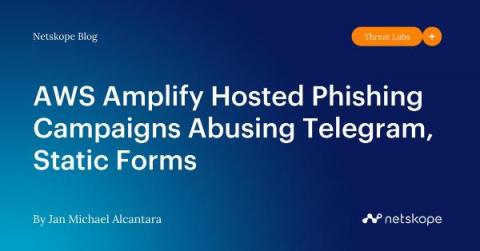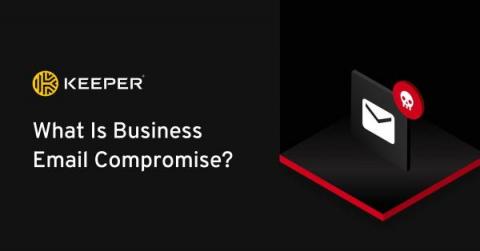AWS Amplify Hosted Phishing Campaigns Abusing Telegram, Static Forms
Netskope Threat Labs is tracking phishing campaigns that are abusing several free cloud services to host their websites and collect user information. These campaigns host their phishing sites in AWS Amplify which is available to free-tier users. Some phishing campaigns also abuse Telegram and Static Forms to collect users’ credentials. These phishing attacks aim to steal banking, webmail, and Microsoft 365 credentials, as well as victims’ card payment details.










